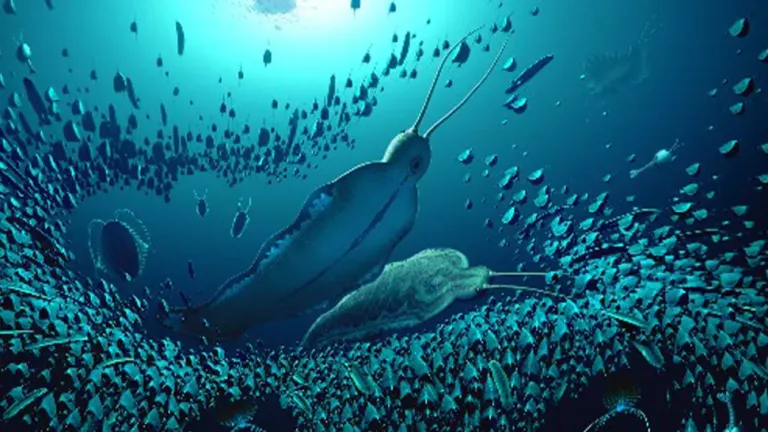As you may have noticed from my posts, I love sharing the occasional scientific study that piques my interest.
In reality, there's a lot of stuff that do that, so instead of sharing just one story I will be doing these quick mash ups every few days!
So let's see what today menu has!
1# 1st partial-heart transplant on 18 days old baby still beating strong
Let's start with something heart warming. Ha. Heart.
So, a year ago a baby became the world's first partial-heart transplant recipient. Today, over a year later, the baby's heart looks to still be on a great shape.
Meet Owen Monroe, the transplant recipient as pictured in April 2022, in the age of just 18 days old the day of her operation:
First, I want to comment how I have the greatest respect for the doctors with the balls to operate on such a young patient. They are just tiny as a whole, imagine how tiny their organs and stuff are... We can only imagine the technical difficulties of such an operation... Actually we can't, cause we are idiots. And they are gods on earth.
While on the womb, the baby was found to have a type of heart malformation where instead of two outflow heart vessels, she just had one, and a leaky one that is. Faced with all kinds of shitty options (like a full heart transplant) the doctors tried an experimental treatment that had only be tried in pigs before, explained in the presentation below:
Not only did it work amazing, but 13 additional partial-heart transplants have been performed since then!
Hopefully all the babies will grow to have a long and healthy life!
Click here to read more on this case study.
Fossil Discovery Pushes Back Photosynthesis Origins a Whooping 1.2 Billion Years
In a new fossil discovery dating about 1.75 billion years old, scientists identified a type of microstructure called thylakoid membranes.
The discovery made in Australia, pushes the fossil record of thylakoids back by 1.2 billion years and provides fresh insight on the evolution of cyanobacteria, photosynthesis and how and when they oxygenated mother earth.
The chronology of the origins of oxygenic photosynthesis and the type of cyanobacteria (protocyanobacteria -- With or without thylakoids -- ) involved remain debated, and the ULiège researchers' discovery offers a new approach to clarify these issues.The discovery of preserved thylakoids in N. majensis provides direct evidence of a minimum age of around 1.75 billion years for the divergence between cyanobacteria with thylakoids and those without source
The new species discovered was dubbed Navifusa majensis, and other than Australia the researchers also found it in 1 billion year old formations of DRCongo and arctic Canada.
Click here to read more on this research.
New Terror from the Deep species Discovered!
And finally we have a new terrifying sea animal discovered. Which unfortunately is long extinct now. And well.. not so terrifying for today's standards, as it was just 12 in (30 cm ) long. But back in the Cambrian times (about 500 million years ago), that was freaking huge! 😄
Dubbed Timorebestia koprii, it was a carnivorous worm and one of the biggest predators of its time. Something like the white sharks of today.

*Illustration of Timorebestia koprii source
The species was described from fossils found sediments known as the Sirius Passet formation in Greenland and research showed it's distantly related to today's chaetognaths, a phylum of predatory marine worms commonly known as arrow worms
"Today, arrow worms have menacing bristles on the outside of their heads for catching prey, whereas Timorebestia has jaws inside its head. This is what we see in microscopic jaw worms today—organisms that arrow worms shared an ancestor with over half a billion years ago. Timorebestia and other fossils like it provide links between closely related organisms that today look very different.” said Luke Parry from Oxford University, one of the study's authors
Click here if you want to read more on this menacing creature 😄
Ok frens, this is it for today. See you soon with more exciting stuff from the world of science. 🧪
Posted Using InLeo Alpha
